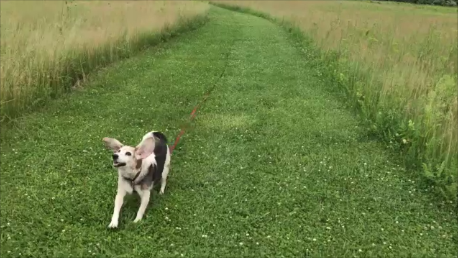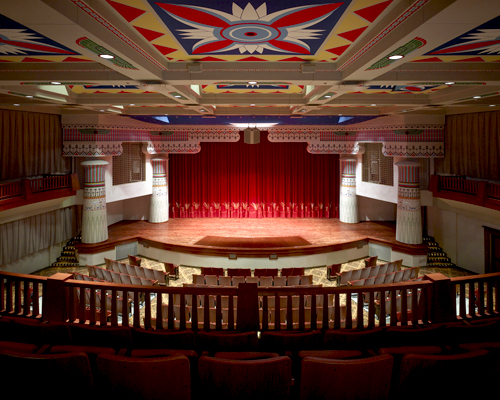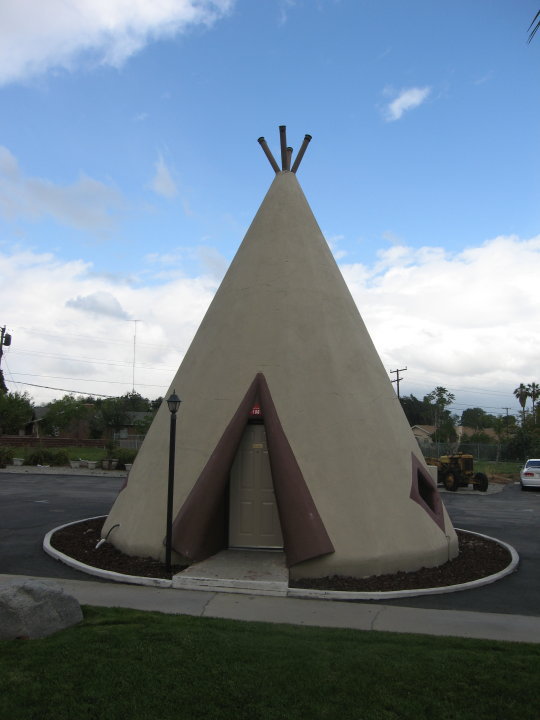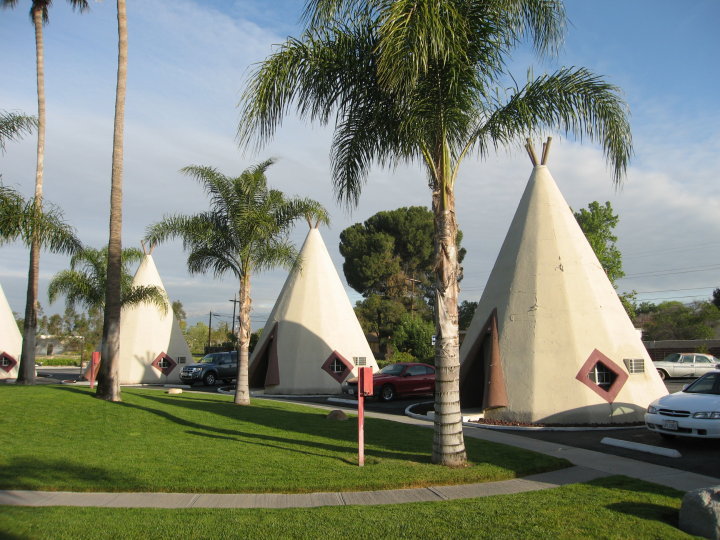HDC Staff News
Although Megan Claybon was born and raised in Atlanta, her mother grew up in Upper Arlington and learned to swim at Devon Pool. So it seemed only fitting that Megan coordinate the construction documents for HDC’s project to replace the 1950s pool house with a new building. Just as the project was going into construction after the pool closed before the first day of school, Megan gave birth to Phoebe in August! So, instead of attending progress meetings at the construction site, she is keeping busy with her new daughter at home. We are all thrilled for her adventure in life, but we will greatly miss her at the office!
Prior to coming to HDC, Cathie Senter taught building conservation and preservation at Belmont Technical College in St. Clairsville, Ohio. While she was wrapping up her teaching and housing situation, it seemed logical for Cathie to coordinate the construction documents for HDC’s projects in eastern Ohio: an expansion to the existing paper packing plant at nearby Belmont Correctional Institution and the replacement of exterior stairs at Noble Correctional Institution. In July, Cathie’s dog Casey passed away at the age of 15-1/2 years. Several people at the Harrison County Dog shelter, where Cathie often volunteers, forwarded her information on three Lab/Sharpei mixes that had recently been rescued. Cathie took a fancy to one she called Murphy. Murphy and his brothers ended up at the “Save a Puppy” program at Belmont Correctional Institution, where inmates provide obedience training and socialization. Cathie was able to meet with Murphy and his trainer while attending job meetings on site, and after Murphy graduated in August, she brought him to his forever home in Columbus.


Murphy alone (left) and with Cathie (right)
For their 13th wedding anniversary, Charissa Durst and her husband took a driving trip north to Michigan. They attended the Cherry Festival and visited Sleeping Bear Dunes National Park and then Pictured Rocks National Lakeshore in the Upper Peninsula. Bookending the trip was the initial stop at the Air Zoo in Kalamazoo and the final stop at the Henry Ford Museum in Dearborn, where there was an exhibit on Charles and Ray Eames.


Air Zoo exhibits (left) and an Eames furniture exhibit (right)
HDC works with Commonwealth Heritage Group on the Ballville Dam
HDC continues to work with Commonwealth Heritage Group on the historic documentation of the Ballville Dam, which was proposed for demolition to restore the natural flow of the Sandusky River near Fremont, Ohio. HDC is providing the drawings. Charissa Durst visited the site in 2017 to obtain information and start the drawings. The dam was demolished in July and HDC visited to check conditions that were not previously visible. The drawings are scheduled to be completed this fall.

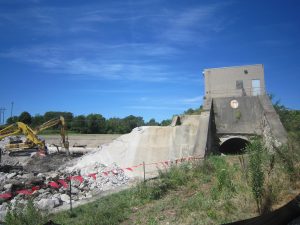
The dam before demolition in August 2017 (left) and during demolition in July 2018 (right)
HDC Starts Work on the USAF Alert Facility Cold War Museum in Blytheville, Arkansas
In 2016, a pilot and volunteer interested in saving the 1950s Alert Facility on the former Eaker Air Force Base in Blytheville contacted HDC about preparing a study to determine the costs to rehabilitate the abandoned building into a museum. HDC visited the site and provided information on the costs needed for a study. The project moved forward in the April 2018 when HDC made a presentation to the board about the work needed to complete the study. In three months, the funds were raised to commission HDC to prepare the study, and Charissa Durst and John Creasy drove down to Arkansas to conduct field work. By happy circumstance, at the WPO conference in Los Angeles, Charissa Durst sat next to A.J. Goehle, the executive director of Luci Creative, who happen to be museum designers with military project experience. HDC has partnered with Luci Creative to provide recommendations and budgets for the museum’s future exhibits. The goal of the museum is to provide a memorable experience on what it was like to be on 24-hour alert to defend the United States from a Soviet attack.
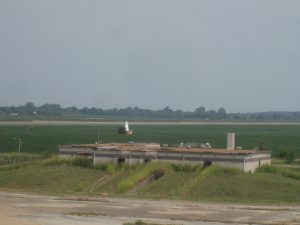
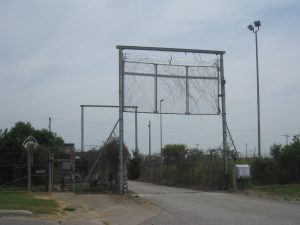
Alert Building from the Guard Tower (left) and one of the security gates that will be part of the visitor experience
Donut Runs (Almost) Free in the Park
Throughout the summer, Donut often goes to the Prairie Oaks Metro Park on the weekend. In June, before it got really hot, she happily ran down the mowed paths on the prairie section. Donut has always been an unusual beagle in that she doesn’t wander off on her own. We often drop her 40-foot leash and let her run ahead before calling her back for a treat—her absolute favorite park activity. Later, when it became really hot, Donut would end up in Big Darby Creek getting a drink and cooling off, her second favorite thing to do at the park.


